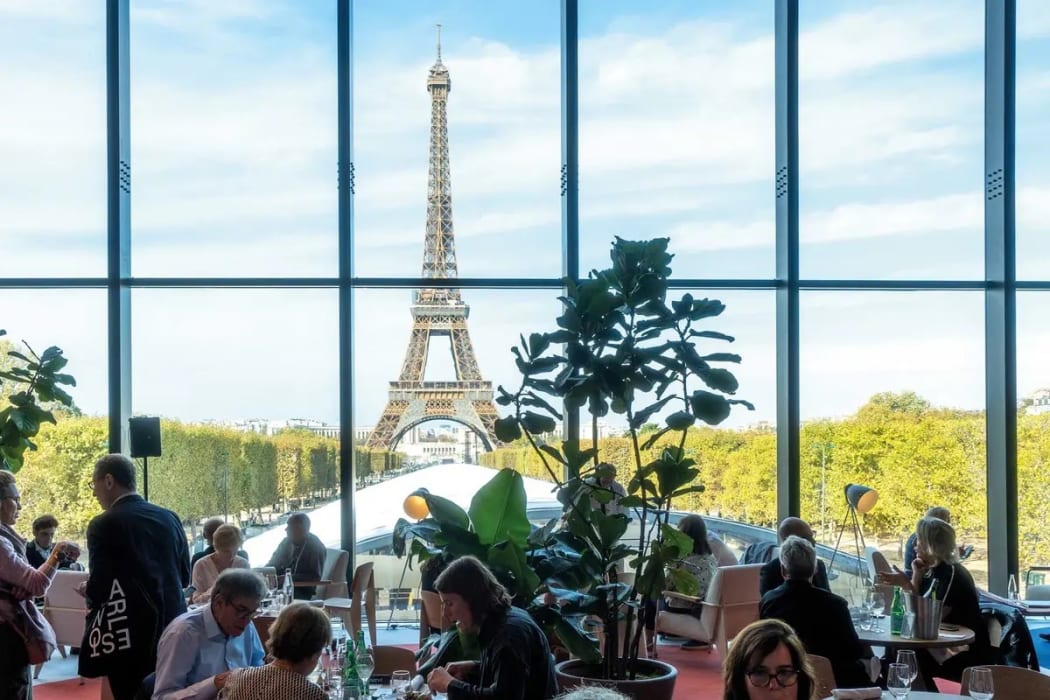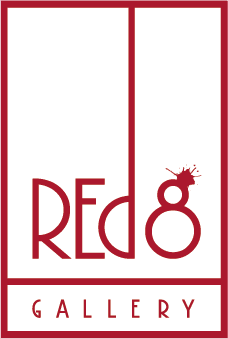
Art dealers across the European Union are rallying their efforts to leverage a recent EU law change that allows for reduced value-added tax (VAT) rates on art sales.
The new directive, passed on April 5, 2022, aims to establish a unified EU-wide VAT system while enabling member states to set their own rates internally. This presents an opportunity for dealers to advocate for lower VAT rates on art transactions, potentially revitalising the art market across the EU.
The directive permits countries to apply reduced VAT rates as long as they don't fall below 5% of the full price of the item. These lower rates can be implemented for specific goods and services that serve objectives of general interest. By the end of 2024, member states are required to align their national laws with the new directive, ensuring consistent VAT treatment throughout the EU.
Unlike the previous VAT directive from 2006, which excluded art from eligible products and services for reduced VAT rates, the updated directive includes "supply of works of art, collectors' items, and antiques" within a list of 29 product groups. This list encompasses a diverse range of goods, such as children's clothing, live plants, cultural event admissions, books, newspapers, and low-emission heating products.
Dealers in various EU countries are capitalising on this directive to propose changes that could greatly impact the art market. For instance, Italy is poised to decrease the import VAT rate for art from non-EU countries to 5.5%, in line with the French rate. German art dealers are advocating for a reduction in domestic gallery VAT rates from 19% to 7%, citing the current rate as detrimental to the market's growth.
In France, the change is particularly pressing because the existing "margin scheme," where dealers apply VAT only to their profit margins, will no longer be admissible under the new directive. This scheme has enabled galleries to maintain effective VAT rates lower than 6%. To address this, French art dealers are pushing for a 5.5% VAT rate for all art sales, aiming to preserve the market's competitiveness and prevent galleries from relocating to other countries.

Photo: @alexandrelallemand/Unsplash
France's favourable VAT rates have contributed significantly to the growth of its domestic art market, propelling it to the fourth-largest globally, with a 7% share in 2022. On the contrary, Germany's art market accounted for only 2% of global sales in the same year. The German art dealers' Association (BVDG) has been advocating for the restoration of the reduced 7% VAT rate for art, which was abolished in 2014 due to the exclusion of art from the list of eligible products in the 2006 directive.
Birgit Maria Sturm, managing director of BVDG, emphasises the need for fair tax treatment. She says, “The unequal tax treatment of artists and their dealers had consequences: dozens of galleries closed down, newcomers stayed away, and growth on the art market stagnated.” The BVDG sees the current situation as an unprecedented opportunity to restore lower VAT rates for art sales in Germany, potentially enhancing competition and market growth.
Smaller EU countries, such as Austria, are also making use of the directive to advocate for lower VAT rates on art. Austrian galleries are pushing for a permanent reduction in VAT rates after experiencing the benefits of a temporary reduction to 5% during the pandemic.
The recent EU directive has given art dealers across the EU a unique opportunity to advocate for lower VAT rates on art transactions. This potential change could significantly impact the art market's growth and competitiveness in various member states, fostering a more vibrant and dynamic European art scene. As countries consider aligning their VAT laws with the directive, the stage is set for discussions that could reshape the future of art sales within the EU.
Main Image: Attendees of Art Basel in Paris, Photo: Marc Domage
